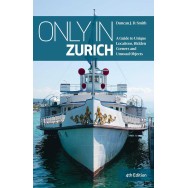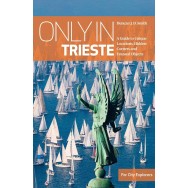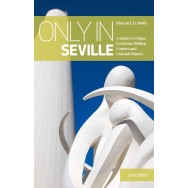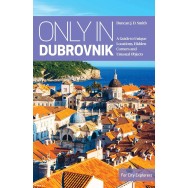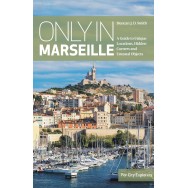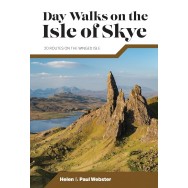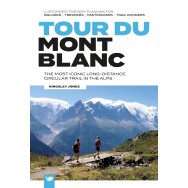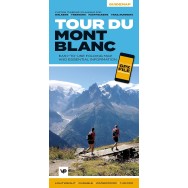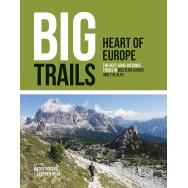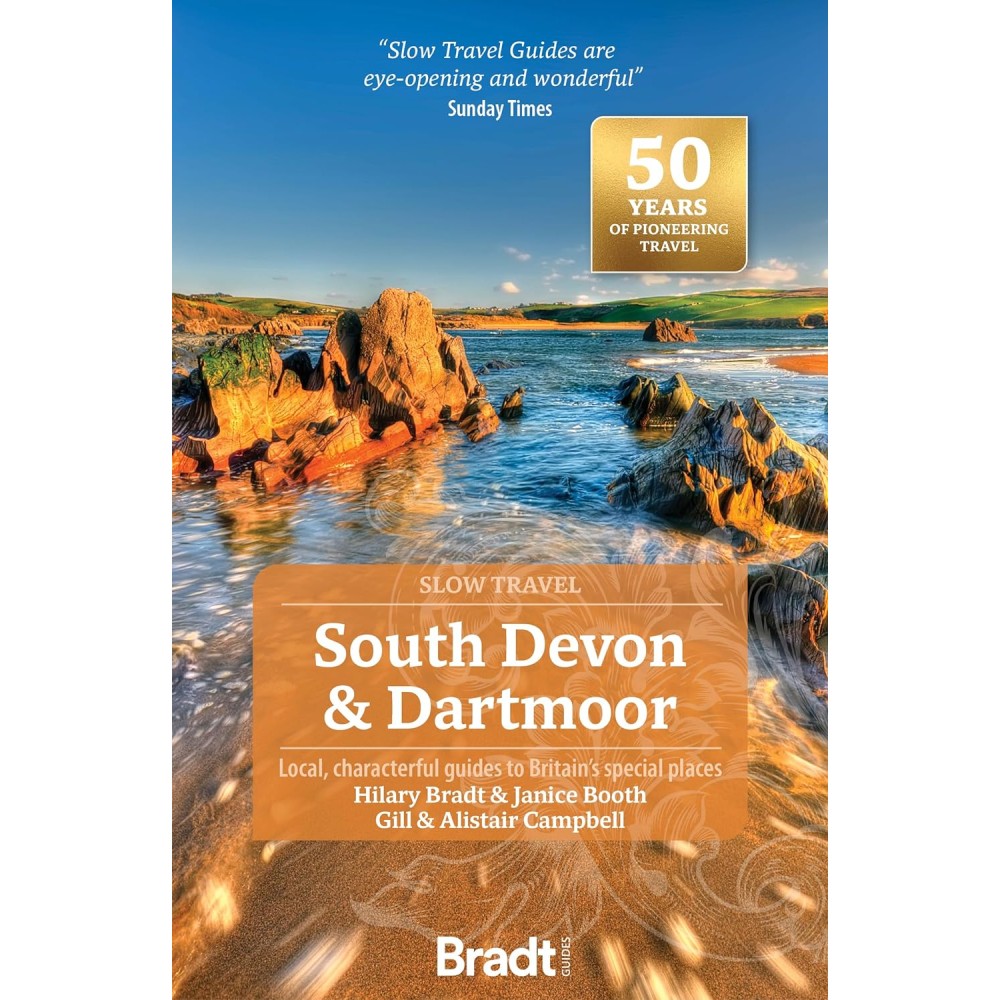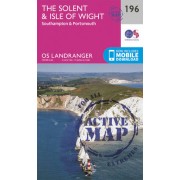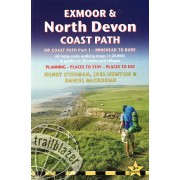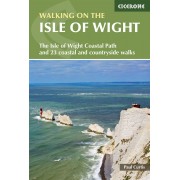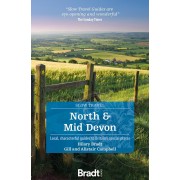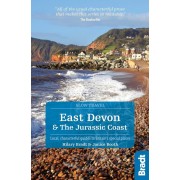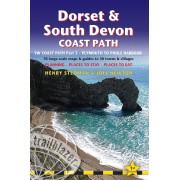Bradt 2024
This new, thoroughly updated third edition of South Devon and Dartmoor is part of Bradt’s distinctive ‘Slow travel’ series of guides to UK regions, offering in-depth exploration of one of England’s most popular areas. Written by resident experts Hilary Bradt, the late Janice Booth, and Gill and Alistair Campbell, it remains the essential companion guide to discovering not just the obvious and well-known sites, but also for getting off the beaten track and understanding what makes this gorgeous part of the country tick.
Much of the information in Bradt’s South Devon and Dartmoor has appeared in no other guidebook (apart from previous editions of this book) as the authors uncover the lesser-known charms of the region as well as different aspects of the more popular places (from the English Riviera and South Hams to Salcombe and Dartmoor), together with colourful characters from the past, folk history, and literary links from Agatha Christie to Conan Doyle.
The guide has a special emphasis on car-free travel: walking (this edition features a revised selection of routes, including ‘miles without stiles’ – accessible Dartmoor walks), cycling and river boats, as well as local buses (including the new Dartmoor Explorer service) and trains. This edition has a stronger emphasis on local food (both in markets and when eating out), while the authors have updated their hand-picked suggestions for places to eat and drink, and for accommodation (from idyllically located campsites to boutique B&Bs via gypsy caravans, treehouses, hill-top follies and haunted coaching inns).
Colourful and witty writing, along with the authors’ enthusiasm for their subject, makes the guide a pleasure to read. With Bradt’s South Devon and Dartmoor discover the region’s award-winning gin distillery and new whisky distillery; learn what really goes on at a wassail gathering; find out what you should do if you’re harassed by pixies on Dartmoor; and discover unique local events like the annual Orange Race held in Totnes. Also included are entertaining and informative stories about historical characters and folklore, while small and historic little village churches, with their idiosyncratic saints and intriguing carvings, are described in loving detail.





